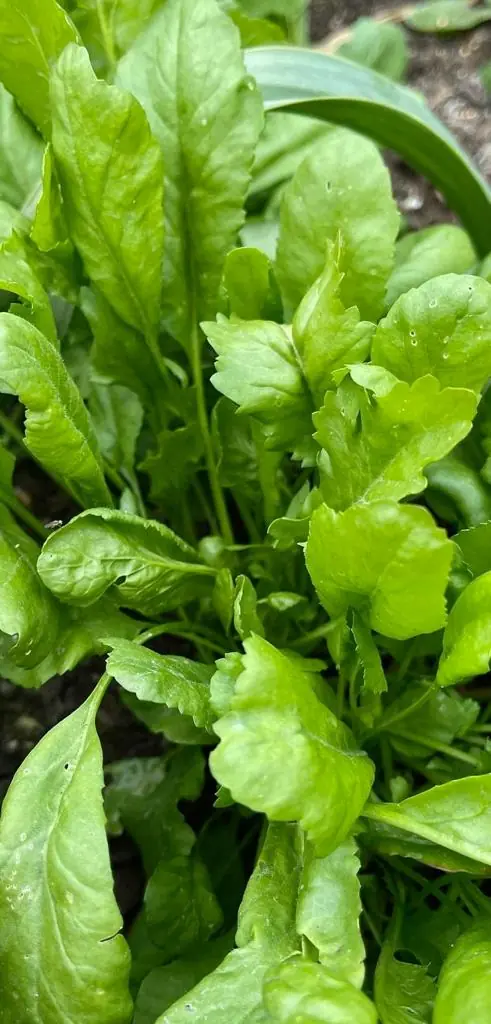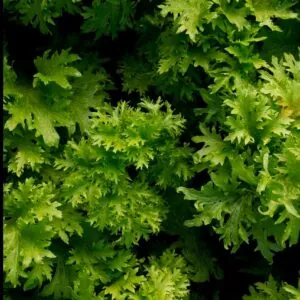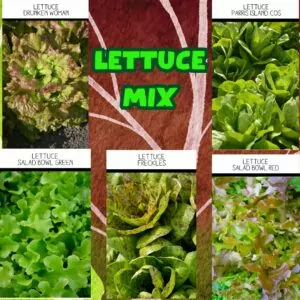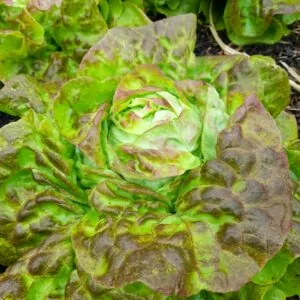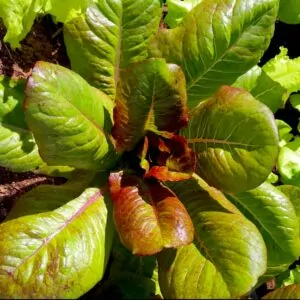GROWING GUIDE FOR PERSIAN CRESS
1. Sow the seeds: Persian cress seeds can be sown directly into the soil
or started indoors in seed trays. Sow the seeds thinly and cover with a
light layer of soil or vermiculite. Keep the soil moist until the seeds
germinate, which usually takes 7-10 days.
2. Provide adequate light: Persian cress prefers full sun to partial
shade. If starting seeds indoors, provide them with adequate light
using grow lights or placing the seed trays near a sunny window.
3. Watering: Wrinkled cress is drought-tolerant, but it prefers consistent
moisture. Water regularly, but do not over-water to prevent the soil
from becoming waterlogged.
4. Fertilising: Persian cress does not require fertilisation, but you can
provide a light application of a balanced fertiliser when the plants are
about 3-4 weeks old.
5. Harvesting: Persian cress can be harvested once the leaves are large
enough to use. You can harvest the entire plant or simply pluck off the
outer leaves. The leaves will have a milder flavour when they are
young.
6. Pests and Diseases: Persian cress is relatively pest and disease free,
but it can be affected by aphids, whiteflies, and fungal diseases such as
powdery mildew if the air is too humid.
7. Note: Persian cress is a cool-season crop, it can be planted in spring
or fall and it can grow in a wide range of soil pH and nutrient levels.
